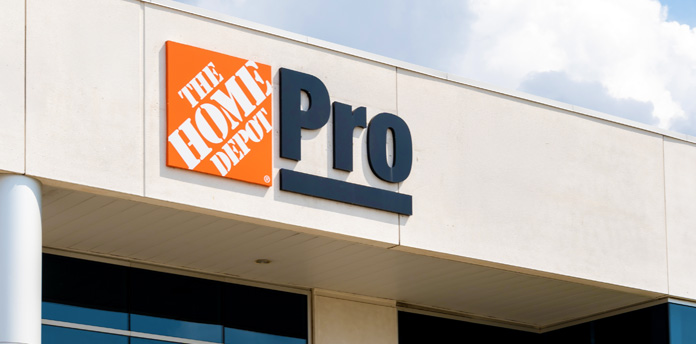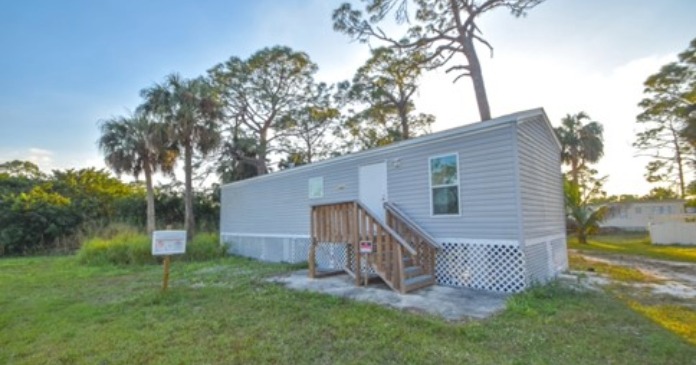Home Depot, primarily through its subsidiary HD Supply (formerly Home Depot Pro Multifamily), is the largest distributor of maintenance, repair, and operations (MRO) supplies for the U.S. multifamily housing industry. According to industry information and HD Supply, they serve more than six million apartment units across the U.S. This makes Home Depot, via HD Supply, the dominant supplier for apartment operators who need property management and maintenance products.
Home Depot announced this week “modest” price hikes in select categories—a quiet concession to the pressure of tariffs on imported goods making its way across the industry.
The move comes after Home Depot reported a robust second quarter: $45.3 billion in sales, up nearly 5 percent from a year earlier. Comparable U.S. sales climbed 1.4 percent, even as earnings held flat at $4.6 billion, reflecting an industry gripped by rising costs, cautious consumers and persistent geopolitical headwinds.
For much of this year, company leadership has managed to shield most consumers from the full brunt of tariff-related price increases. As recently as the first-quarter earnings call, Billy Bastek, executive vice president of merchandising, assured investors that Home Depot would “generally maintain pricing” thanks to diversified supply chains and productivity gains. Less than half the retailer’s inventory comes from abroad; no single foreign country supplies more than one-tenth of Home Depot’s products. This flexibility, Bastek said, would buffer the shocks wrought by new levies on imports.
But even the best-prepared retailer cannot outmaneuver shifting global trade forever. Chief Financial Officer Richard McPhail told The Wall Street Journal that “tariff rates are significantly higher today than they were at this time last quarter.” He acknowledged that certain costs will ultimately flow to consumers: “So as you would expect, there will be modest price movement in some categories, but it won’t be broad-based.”
This is no sweeping wave of inflation. But for American apartment owners and operators, it is an early signal that the cost of trade wars isn’t nearly as abstract as politicians and pundits sometimes claim. Tariffs may be justified as leverage in international negotiations or as protection for industries at home, but in the end, they act as a tax—one that trickles down to the checkout aisle.
The Trump administration’s bold extension of trade barriers, with a 10 percent baseline tariff on nearly all imports and levies running as high as 40 percent for targeted trading partners, seeks to correct a geopolitical trade imbalance plaguing the country for decades. Treasury Secretary Scott Bessent has projected tariff revenues could hit a staggering $300 billion by year’s end, fueled by record monthly intakes of $28 billion in July and $27 billion in June. Already, collections have swelled past $156 billion for the current fiscal year.
Who pays the price? Economists remain divided. Goldman Sachs recently estimated that consumers have so far absorbed about one-fifth of the tariff burden—a share that could rise further by year’s end. The White House, intent on reassuring voters, points to inflation data that has remained surprisingly tame: the headline consumer price index held steady at 2.7 percent in July, with essentials like eggs down 20 percent since January. “Today’s CPI report revealed that inflation beat market expectations once again and remains stable, underscoring President Trump’s commitment to lower costs for American families and businesses,” said Press Secretary Karoline Leavitt in an Aug. 12 statement.
But beneath the headlines, early signs of pass-through are visible. The Home Depot story is a microcosm of what happens when the world’s supply chains bend under political pressure. Some categories—inevitably, those more exposed to tariff spikes—will see their prices edge up. Consumers may barely notice at first, but each “modest” increase marks another data point in how trade actions shape American wallets.
Few would argue that tariffs are solely to blame for inflation, or that foreign competitors haven’t gamed the system at the expense of U.S. manufacturers. But the Home Depot episode is a reminder: Tariffs, dressed up as fiscal defense, can turn into covert taxes. The line item may not be bolded on the receipt, but the costs are real.
Consumer spending remains resilient and jobless claims have ticked lower—positive signs in an otherwise uncertain economy. Policy may originate in Washington, but its consequences unfold on Main Street in every brightly lit hardware aisle. Americans, prudent as ever, will adapt. But they deserve straight talk. Part of the cost of tariffs lands not on distant exporters, but on the customers who keep the country’s economic engine humming.












